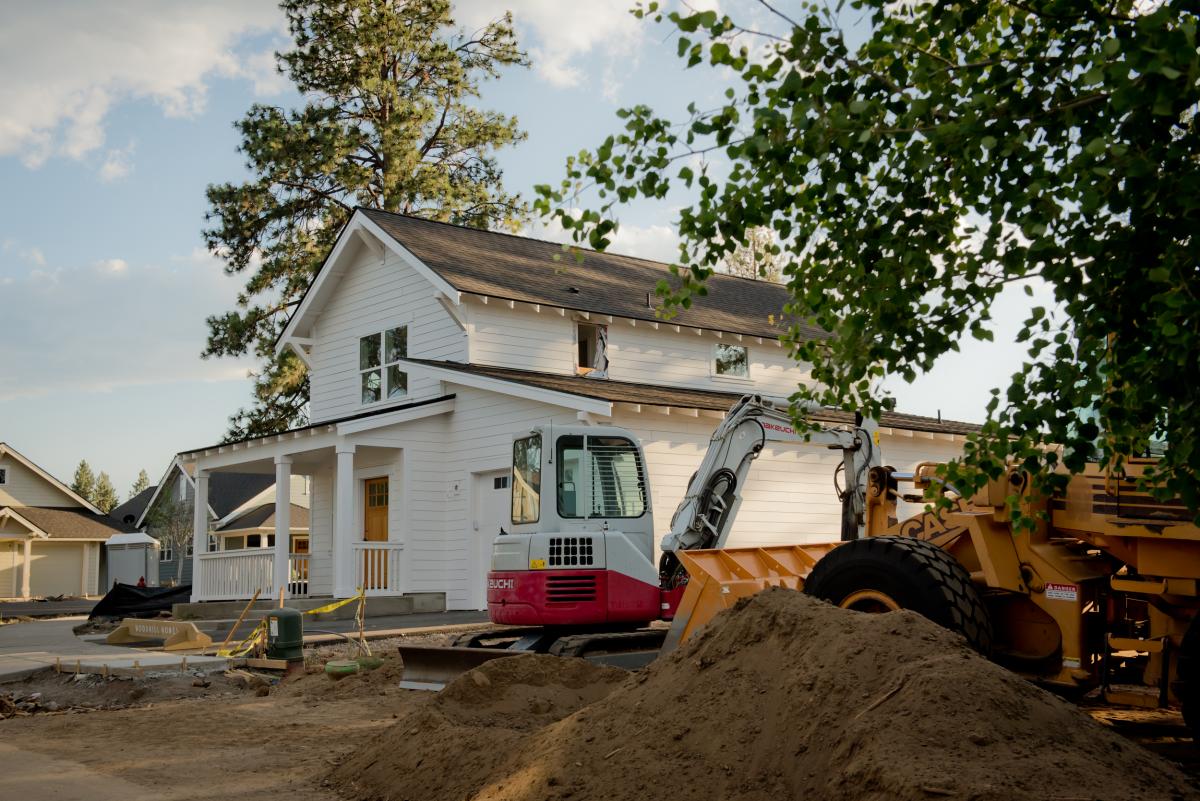Oregon State Planning Law

At the heart of Sisters' growth management efforts is Oregon Senate Bill 100 - pioneering State land use legislation passed in 1973. This landmark law laid the foundation for Oregon's approach to land use planning and management, ensuring that development occurs in an organized, efficient, and sustainable manner. Oregon's unique system strives to preserve land for farms and forests and protect habitat, air, water, and other natural resources, while continuing to allow development of land for home and businesses in strategic locations.
SB 100 established the Department of Land Conservation and Development (DLCD) and the Land Conservation and Development Commission to oversee the law and adopt state land-use goals and land use rules through Oregon Administrative Rules (OAR’s). LCDC also assures local plan compliance with the state land use goals and coordinates state and local planning. SB 100 established the state’s unique Urban Growth Boundary system to limit urban sprawl and keep rural areas rural - and the conditions in which UGB's may be expanded to accommodate growth.
SB 100 also required every Oregon city and county to adopt a Comprehensive Plan - a 20 year guide to growth and development that address the Statewide Planning Goals, which include housing, transportation, natural resources, parks and recreation and economic development, among other goals. Comprehensive Plans are the backbone of a growth management strategy that considers the needs of today, while safeguarding the interests of future generations. Much of the development that occurs in Sisters is influenced by the State Planning Law.
Back to the Growth Management page.
